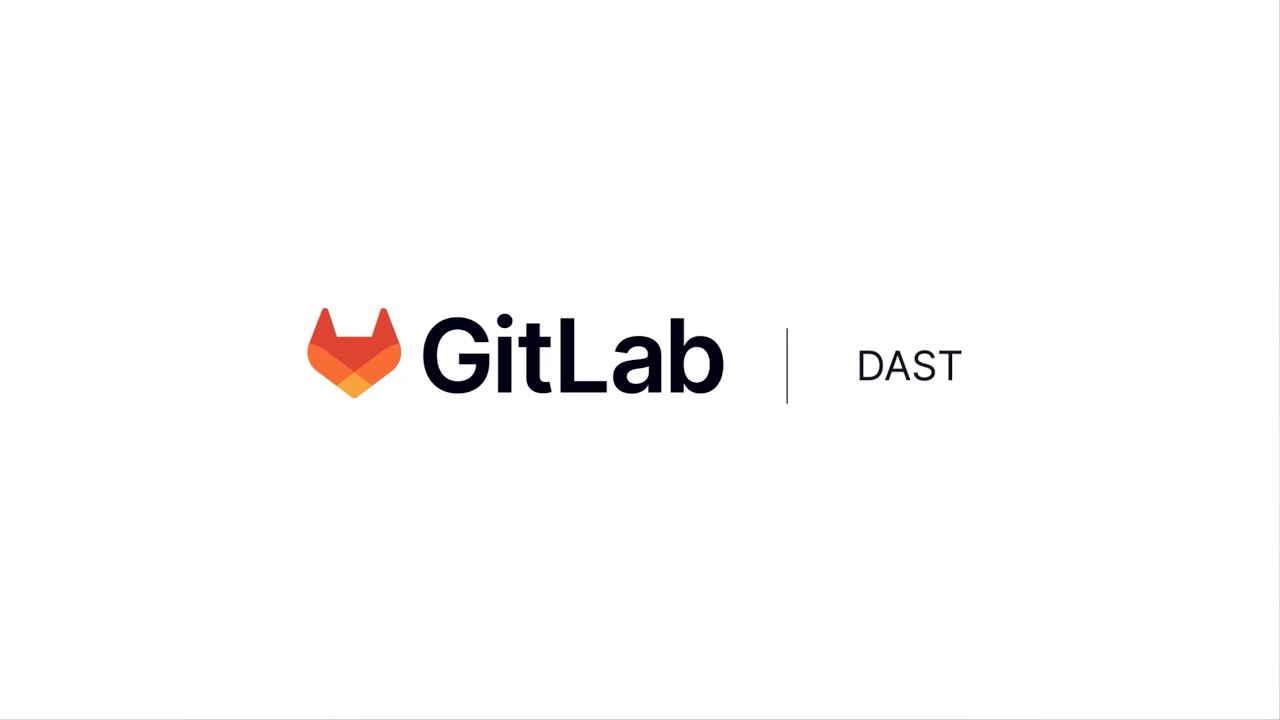Exploring GitLab DAST: Dynamic Application Security Testing
 Cloud Tuned
Cloud Tuned
Exploring GitLab DAST: Dynamic Application Security Testing
Introduction
In the evolving landscape of software development, ensuring the security of web applications is crucial. One of the effective ways to achieve this is through Dynamic Application Security Testing (DAST). GitLab, a leading DevOps platform, offers an integrated DAST solution to help developers identify and remediate security vulnerabilities in their web applications. This article provides an in-depth look at GitLab DAST, its functionality, benefits, and its importance in the modern development workflow.
What is GitLab DAST?
Dynamic Application Security Testing (DAST) is a method of testing web applications in their running state to identify security vulnerabilities. Unlike Static Application Security Testing (SAST), which analyzes source code, DAST evaluates the application from an external perspective, simulating real-world attacks to uncover potential security issues. GitLab DAST integrates this testing directly into the CI/CD pipeline, ensuring that security checks are part of the continuous development process.
How GitLab DAST Works
GitLab DAST operates by scanning the running web application to detect vulnerabilities. Here's a step-by-step overview of its operation:
Integration with CI/CD Pipelines: GitLab DAST is seamlessly integrated into the CI/CD pipelines. This allows for automated security testing of applications during the build and deployment stages.
Active Scanning: It performs active scanning of the web application, interacting with it to uncover vulnerabilities like SQL injection, cross-site scripting (XSS), and other common web application threats.
Security Reports: After the scan, GitLab DAST generates detailed security reports. These reports include information on the identified vulnerabilities, their severity, and suggestions for remediation.
Continuous Monitoring: GitLab DAST supports continuous monitoring, enabling regular scans to ensure ongoing security as the application evolves.
Customizable Scans: Users can customize the scanning process by configuring specific settings, defining the scope of the scan, and integrating with other security tools.
Benefits of Using GitLab DAST
Real-World Threat Simulation
GitLab DAST simulates real-world attacks, providing a comprehensive assessment of the application's security posture. This helps in identifying vulnerabilities that could be exploited in a live environment.
Automated Security Checks
By integrating with the CI/CD pipeline, GitLab DAST ensures that security testing is automated and continuous. This reduces the chances of vulnerabilities slipping through the cracks and allows for quick remediation.
Comprehensive Reporting
The detailed reports generated by GitLab DAST provide actionable insights into the vulnerabilities found. This includes descriptions, severity levels, and remediation steps, helping developers address issues effectively.
Enhanced Compliance
GitLab DAST helps organizations meet various industry standards and compliance requirements by regularly testing and securing their web applications. This is particularly important for industries with stringent security regulations.
Improved Security Posture
Regular use of GitLab DAST helps in maintaining a robust security posture. By identifying and fixing vulnerabilities continuously, organizations can significantly reduce the risk of security breaches.
Conclusion
GitLab DAST is a powerful tool for enhancing the security of web applications. By integrating dynamic security testing into the CI/CD pipeline, it provides real-world threat simulation, automated security checks, and comprehensive reporting. These features help organizations maintain a strong security posture and comply with industry standards. Implementing GitLab DAST in your development workflow is a proactive step towards building secure and resilient web applications.
If you found this article insightful and want to stay updated with more content like this, please leave a comment below and subscribe to our blog newsletter. Stay informed about the latest in software security and development practices!
We value your feedback! Please share your thoughts in the comments section and don't forget to subscribe to our newsletter for more informative articles and updates.
Subscribe to my newsletter
Read articles from Cloud Tuned directly inside your inbox. Subscribe to the newsletter, and don't miss out.
Written by
